Introduction: Pyramids are in Egypt

The pyramids of Egypt are iconic structures that have captivated the imagination of people around the world for centuries. These magnificent monuments stand as a testament to the advanced engineering skills and cultural significance of the ancient Egyptians. In this article, we will delve into the history, construction, and mysteries surrounding the pyramids, focusing on their location in Egypt Pyramids are in Egypt.

Table of Contents: Pyramids are in Egypt
- The Historical Significance of Egyptian Pyramids
- The Great Pyramids of Giza
- Pyramid Construction Techniques
- Purpose and Function of the Pyramids
- Theories and Mysteries Surrounding the Pyramids
- Other Pyramids in Egypt
- The Legacy of Egyptian Pyramids
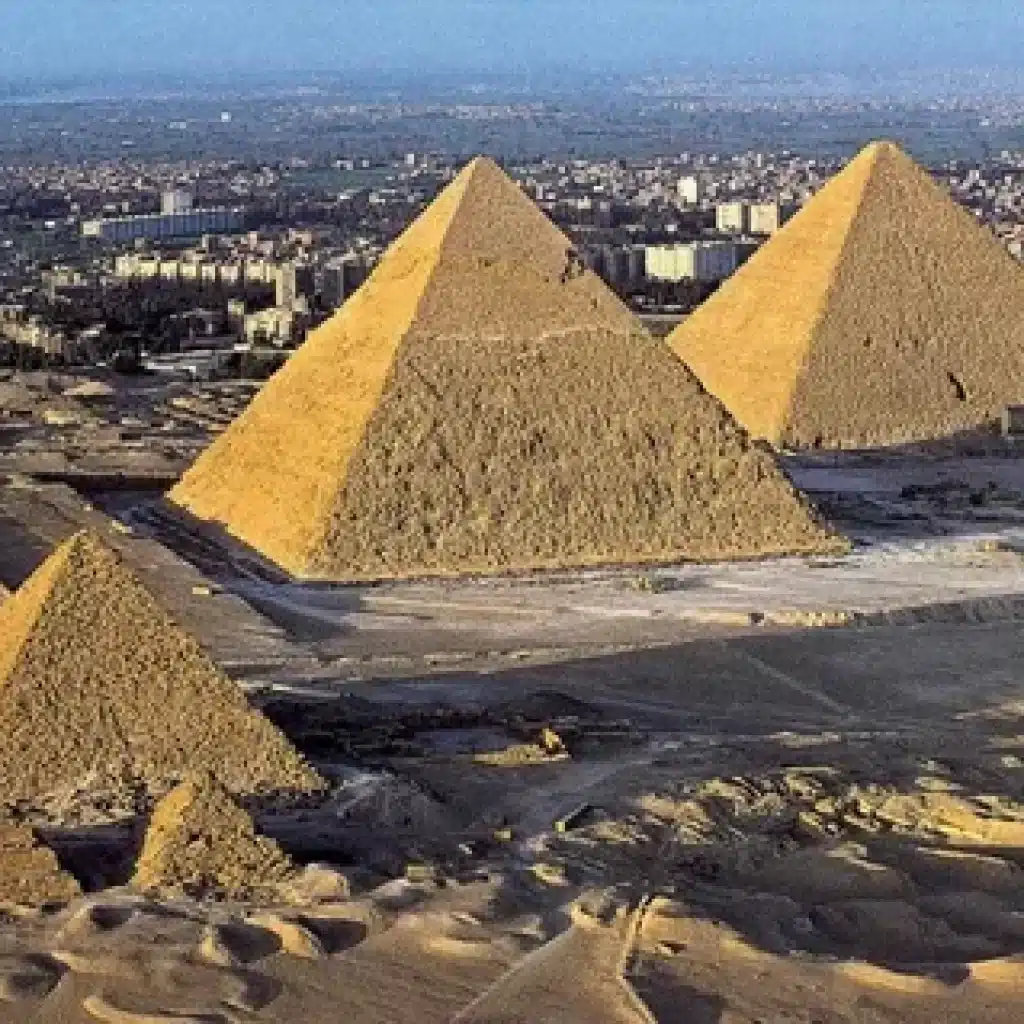
- The Historical Significance of Egyptian Pyramids
The history of Egyptian pyramids dates back to the Old Kingdom period, around 2686 – 2181 BC. These monumental structures were built as tombs for the pharaohs, who were considered divine rulers in ancient Egyptian society. The pyramids served as a final resting place for the pharaohs and were believed to ensure their safe journey to the afterlife.
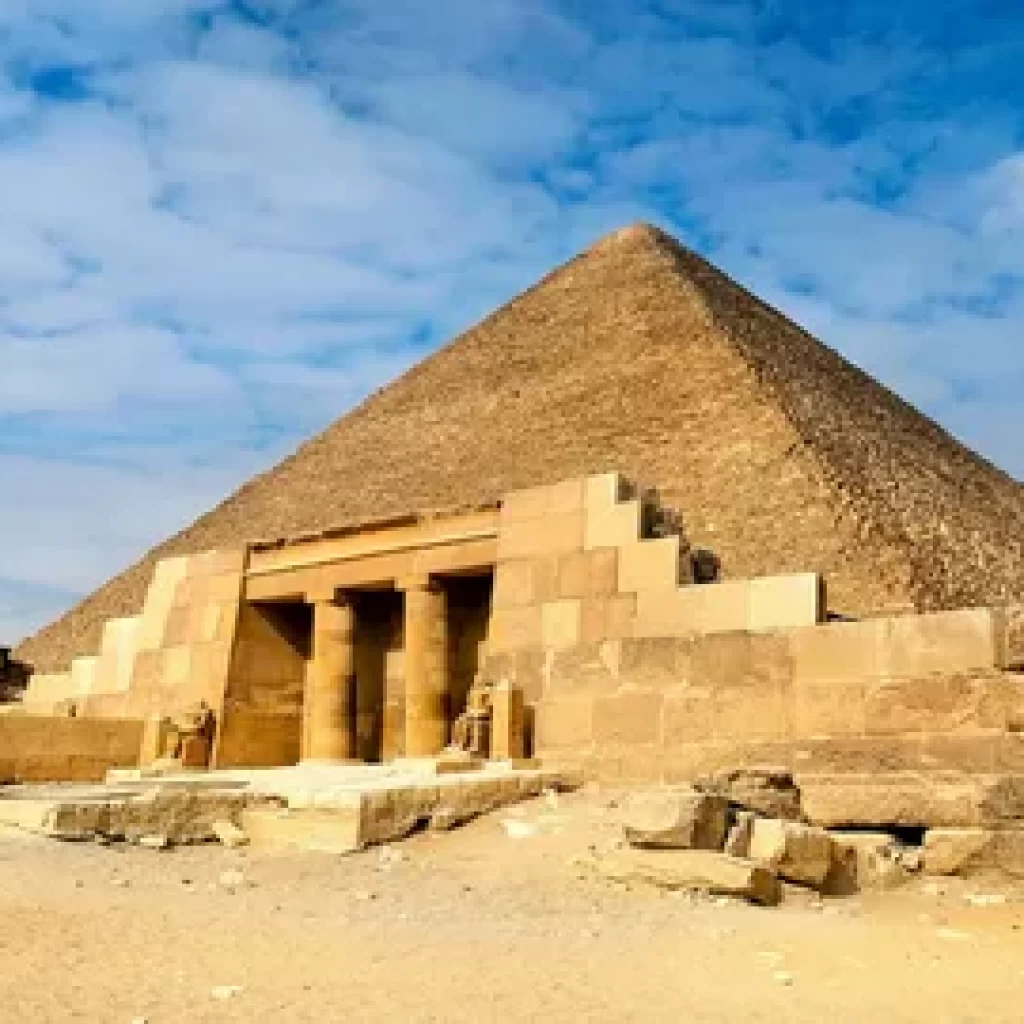
- The Great Pyramids of Giza
The Great Pyramids of Giza are among the most famous and recognizable pyramids in the world. Located on the outskirts of Cairo, Egypt, these pyramids were built for three pharaohs: Khufu, Khafre, and Menkaure. The Great Pyramid of Khufu, also known as the Pyramid of Cheops, is the largest and oldest of the three.
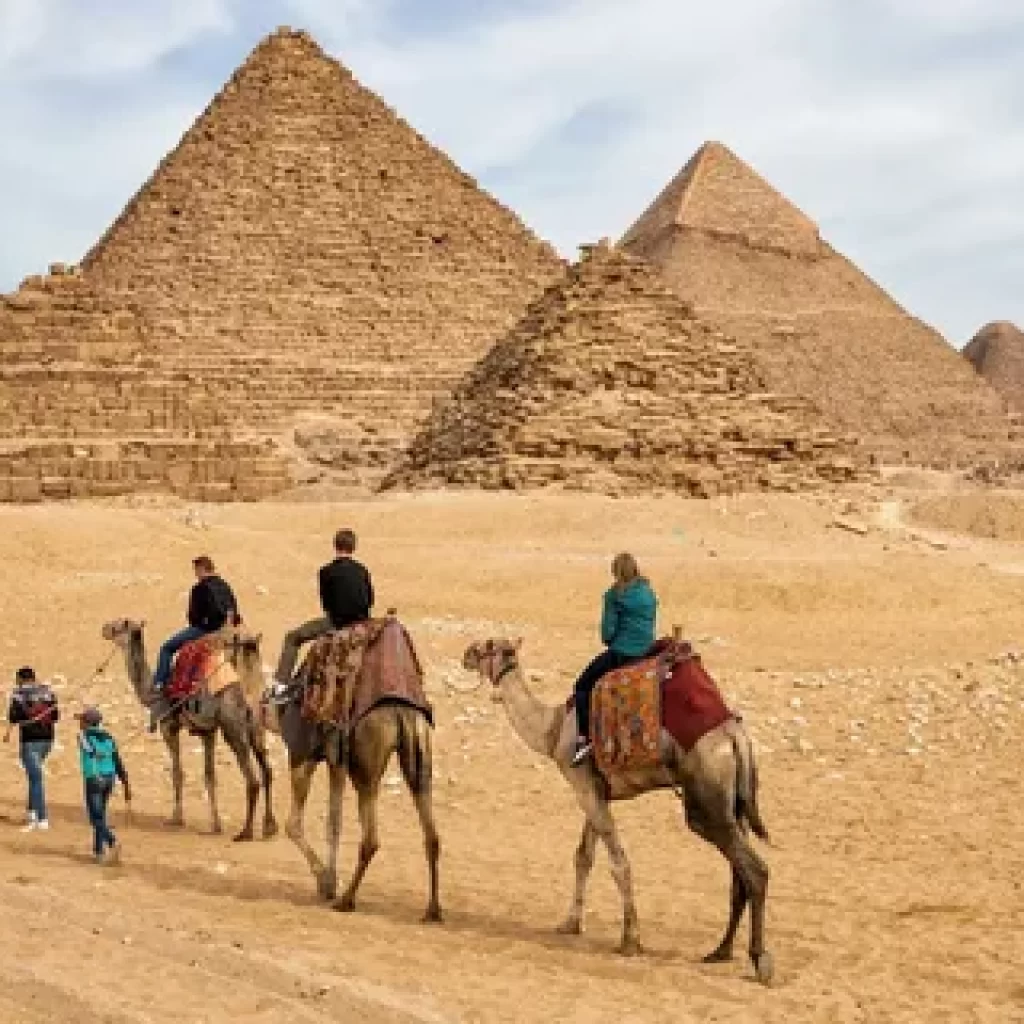
- Pyramid Construction Techniques
The construction of pyramids involved intricate engineering and organizational skills. Ancient Egyptian architects and engineers used a combination of mathematical precision, ramps, and pulley systems to move massive stone blocks and construct these colossal structures. The exact techniques employed in pyramid construction continue to fascinate researchers and scholars to this day.

- Purpose and Function of the Pyramids
While the primary purpose of the pyramids was to serve as tombs for the pharaohs, they also held immense religious and political significance. The pyramids symbolized the pharaoh’s power and divine connection, showcasing the authority and wealth of the ruling elite. Additionally, the pyramids were part of a larger funerary complex that included temples and causeways.
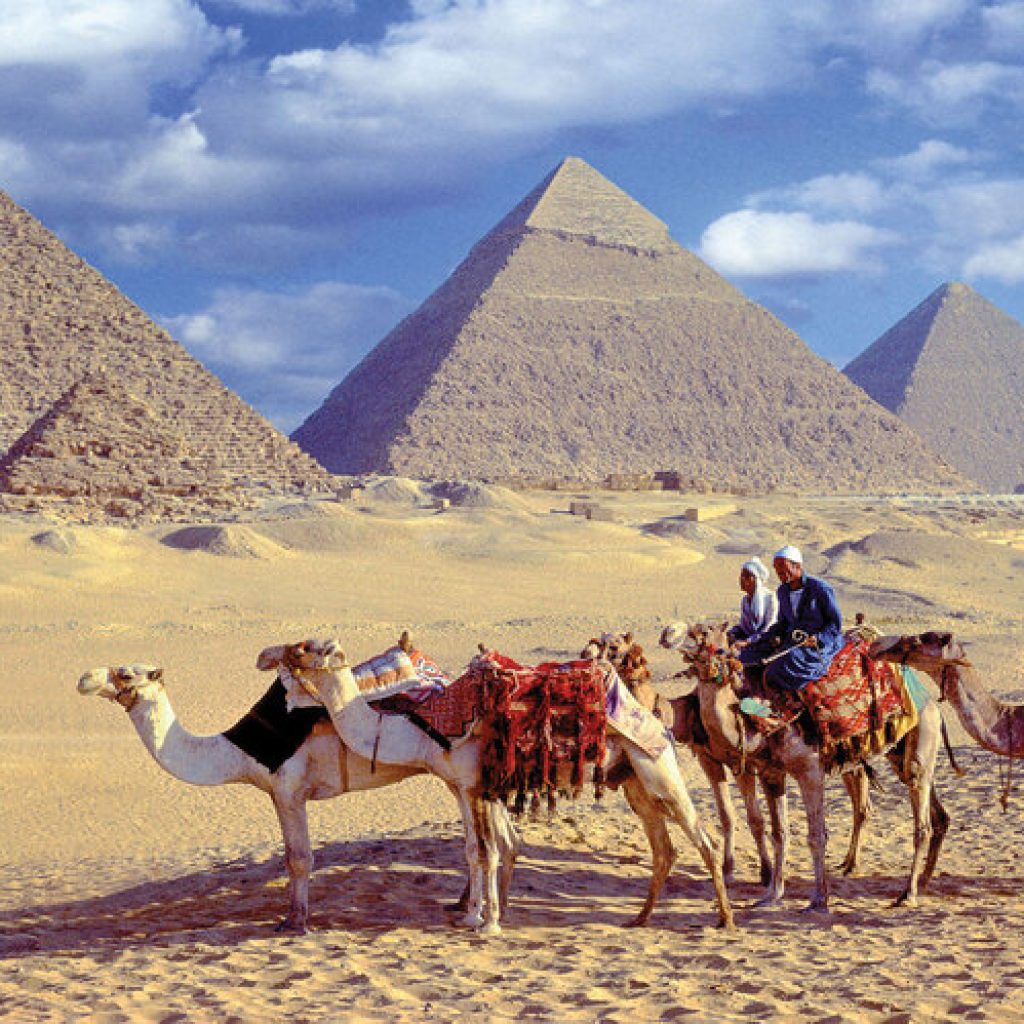
- Theories and Mysteries Surrounding the Pyramids
The pyramids have sparked numerous theories and mysteries over the years. Some researchers speculate that the precise alignment of the pyramids with celestial bodies suggests an advanced knowledge of astronomy. Others propose alternative theories, such as the involvement of extraterrestrial beings or lost civilizations in their construction. Despite extensive research, many questions about the pyramids remain unanswered.

- Other Pyramids in Egypt
While the pyramids of Giza are the most famous, Egypt is home to numerous other pyramids. These include the Step Pyramid of Djoser at Saqqara, the Bent Pyramid and Red Pyramid at Dahshur, and the Pyramid of Amenemhat III at Hawara, among others. Each pyramid offers unique insights into the architectural and cultural achievements of ancient Egypt.
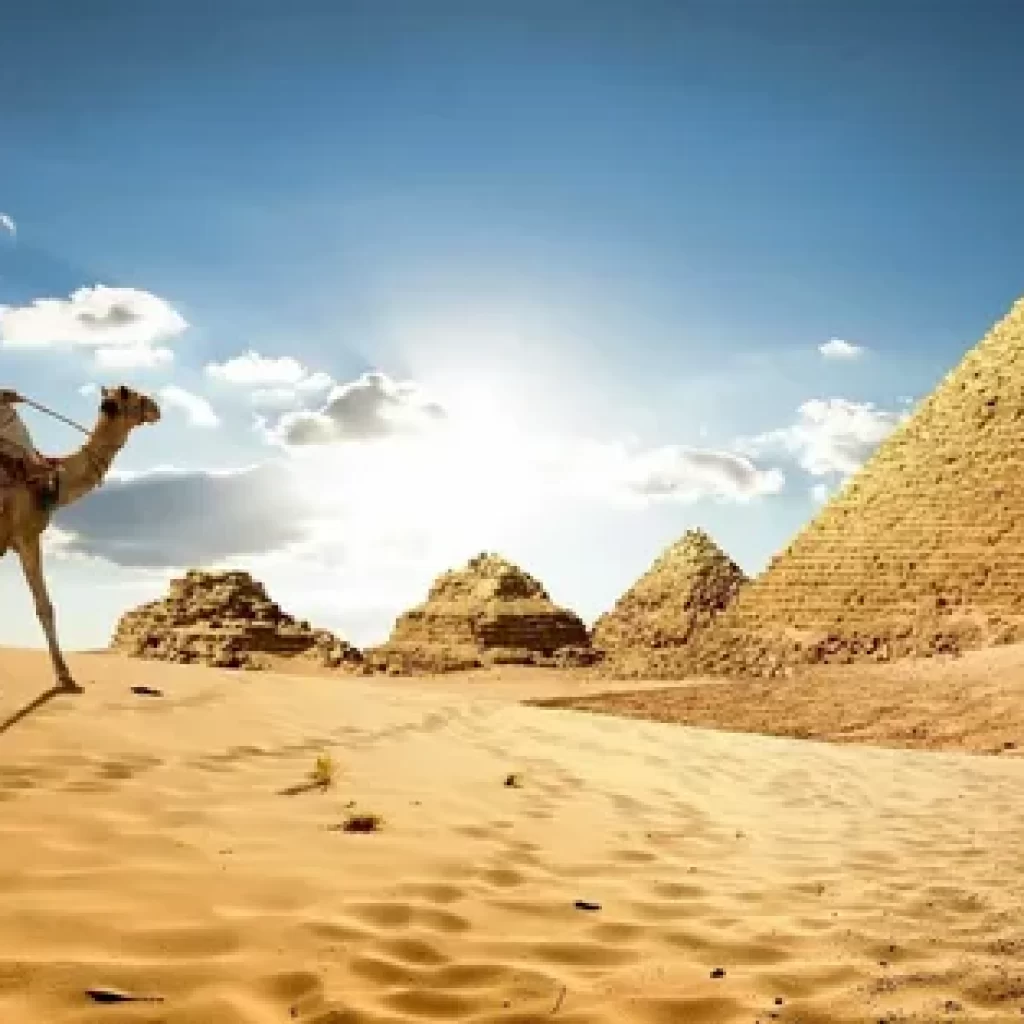
- The Legacy of Egyptian Pyramids
The pyramids continue to leave a lasting legacy on Egypt’s cultural heritage and attract millions of tourists each year. They serve as a reminder of the incredible achievements of the ancient Egyptians and their unparalleled architectural prowess. The preservation and study of the pyramids are crucial for understanding the rich history and civilization of ancient Egypt.

Conclusion: Pyramids are in Egypt
The pyramids of Egypt stand as awe-inspiring structures that symbolize the grandeur and ingenuity of ancient Egyptian civilization. These monumental tombs hold cultural, historical, and architectural significance, attracting visitors from around the globe. While the pyramids continue to fascinate and mystify us, they also serve as a testament to the remarkable achievements of human craftsmanship and engineering prowess Pyramids are in Egypt.

(FAQs): Pyramids are in Egypt
- Q: How many pyramids are there in Egypt?
A: Egypt is home to over 100 pyramids, although the most famous are the pyramids of Giza.
2. Q: Who built the pyramids in Egypt?
A: The pyramids were built by skilled architects, engineers, and labourers under the command of the pharaohs.
- Q: How were the pyramids constructed?
A: The pyramids were built using a combination of ramps, pulleys, and precise engineering techniques to move and stack massive stone blocks. - Q: What was the purpose of the pyramids?
A: The pyramids served as tombs for the pharaohs and were believed to ensure their safe journey to the afterlife. - Q: How long did it take to build a pyramid?
A: The construction of a pyramid could take several decades, involving thousands of workers. - Q: Are there any hidden chambers or treasures inside the pyramids?
A: While some hidden chambers and treasures have been discovered within certain pyramids, many remain unexplored, and the possibility of undiscovered treasures continues to intrigue researchers. - Q: How have the pyramids influenced modern architecture?
A: The pyramids have served as a source of inspiration for architects throughout history, influencing the design of structures such as churches, mausoleums, and government buildings.
These frequently asked questions provide a brief overview of some common inquiries related to the pyramids in Egypt. The mysteries and allure of the pyramids continue to spark curiosity and invite further exploration into the ancient world.

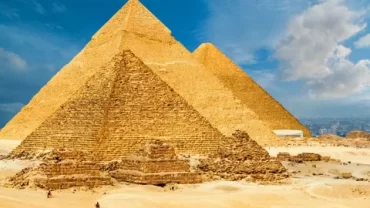



Comment (0)